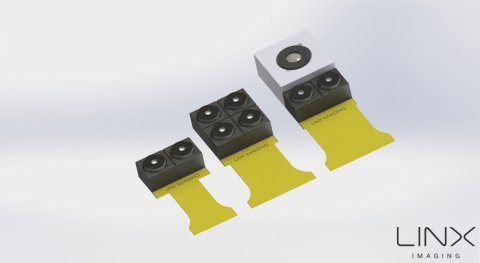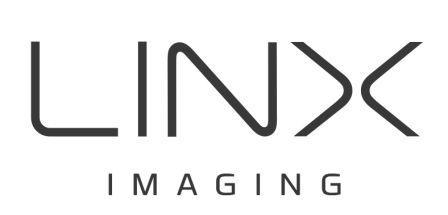CAESAREA, Israel--(BUSINESS WIRE)--LinX Computational Imaging Ltd., a leader and pioneer in the development of multi-aperture imaging technologies, reports that it has successfully developed miniature multi-aperture cameras designed for mobile devices. The camera modules are nearly half the height of a standard mobile camera and are capable of creating stunning color images and high accuracy depth maps.
The image quality of mobile cameras has reached a dead end. Device makers are striving to differentiate using imaging capabilities but the pixel size race has ended and next generation cameras do not reveal any dramatic improvements. LinX cameras revolutionize mobile photography and broaden the usability span and user experience, allowing us to leave our SLRs at home.
The engineers at LinX have solved all problems associated with combining multiple images captured from different points in space such as registration errors and occlusion related artifacts which are seen on competing technologies.
The LinX cameras are artifact-free, even when objects appear at very short range.
During the registration process between the images, the LinX software extracts very accurate depth information for each pixel and creates a depth map. The software creates true depth information on high contrast objects and on near flat surfaces, such as walls, which are traditionally considered difficult for passive stereo systems. The accuracy and resolution of details in distance maps created the opportunity to use the suggested algorithms for 3D reconstruction.
With leading partners, LinX has developed a variety of products ranging from arrays of two, three, and four cameras in various configurations and sizes, some with autofocus and others without. The technology is ready for integration into the current generation mobile devices.
Using the Array camera, one is able to create mobile devices with unique properties. For example, we conducted a side-by-side comparison of a single RGB (Bayer) camera and a LinX camera consisting of two smaller cameras while keeping the total pixel count fixed and compared the two cameras.
Follow the link to our website to see some images, comparisons and 3D performance:
http://linximaging.com/wp-content/uploads/Technology_Presentation.pdf
Our technology introduces many advantages over traditional mobile photography:
- A larger sensor requires a longer lens. Therefore, by replacing one large sensor with two or more smaller ones, we reduced the height of our device by a factor of 1.4 to 2
- Sensitivity to light increases by a factor of 3 by using a monochrome sensor
- Noise levels are dramatically lower
- The effective array camera resolution is similar to the single aperture camera in high light
- Performance and image quality in low light are extraordinary
- Allowing a fast exposure at indoor standard lighting conditions of 100-200 lux which assures crisp images free from motion blur
- The multi-aperture camera creates a real-time, high-quality distance map
Multi-aperture LinX products open the door for real-time applications that use images and distance maps together, such as:
- Automatic background removal
- Refocusing
- High-quality control of autofocus in video mode when one of the cameras is equipped with autofocus (range finder camera)
- Augmented reality
- 3D object modeling
- Distance and Sizing of objects
- Biometric 3D face recognition
For enquiries regarding our technology and products please contact: info@linximaging.com




